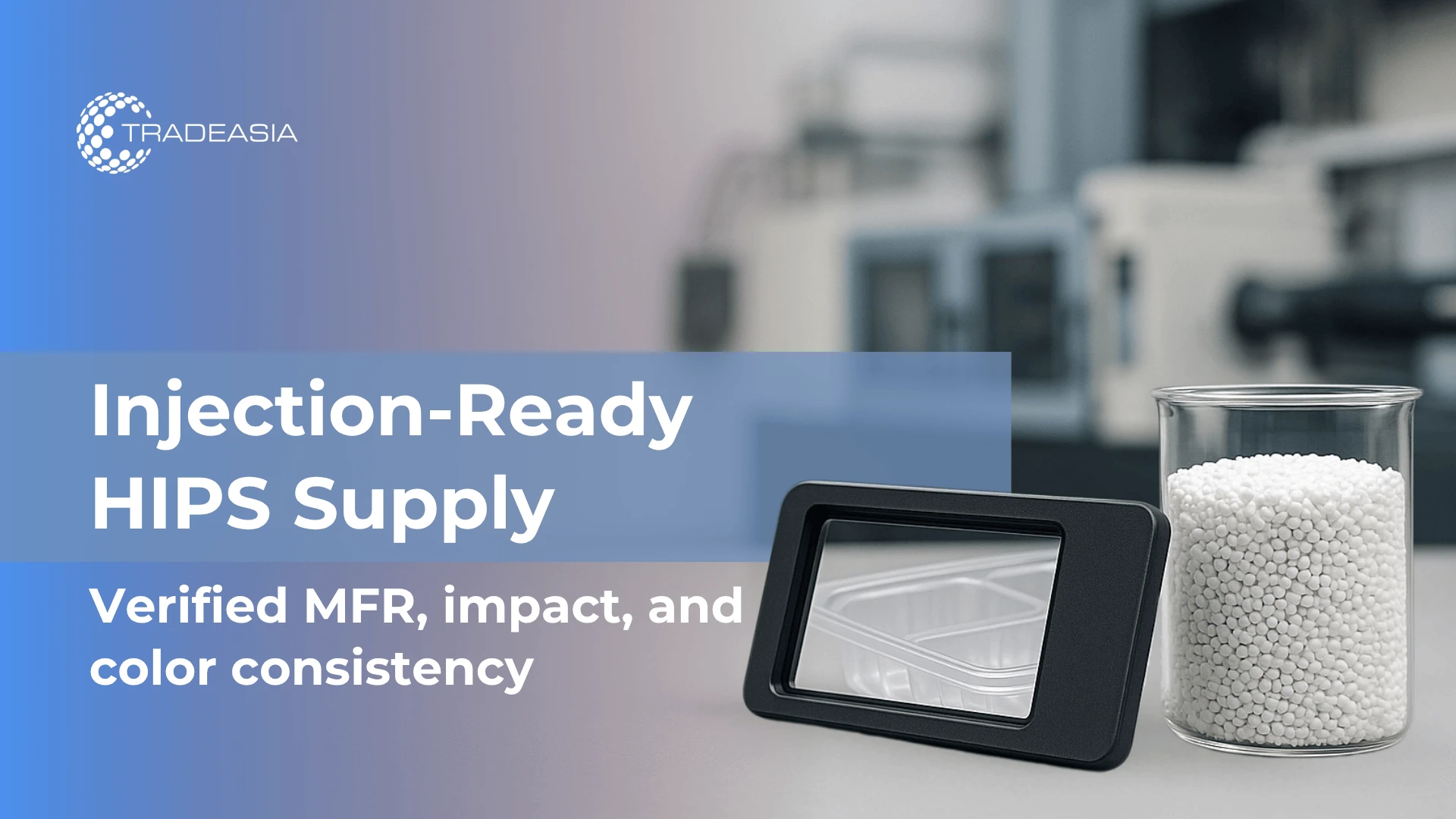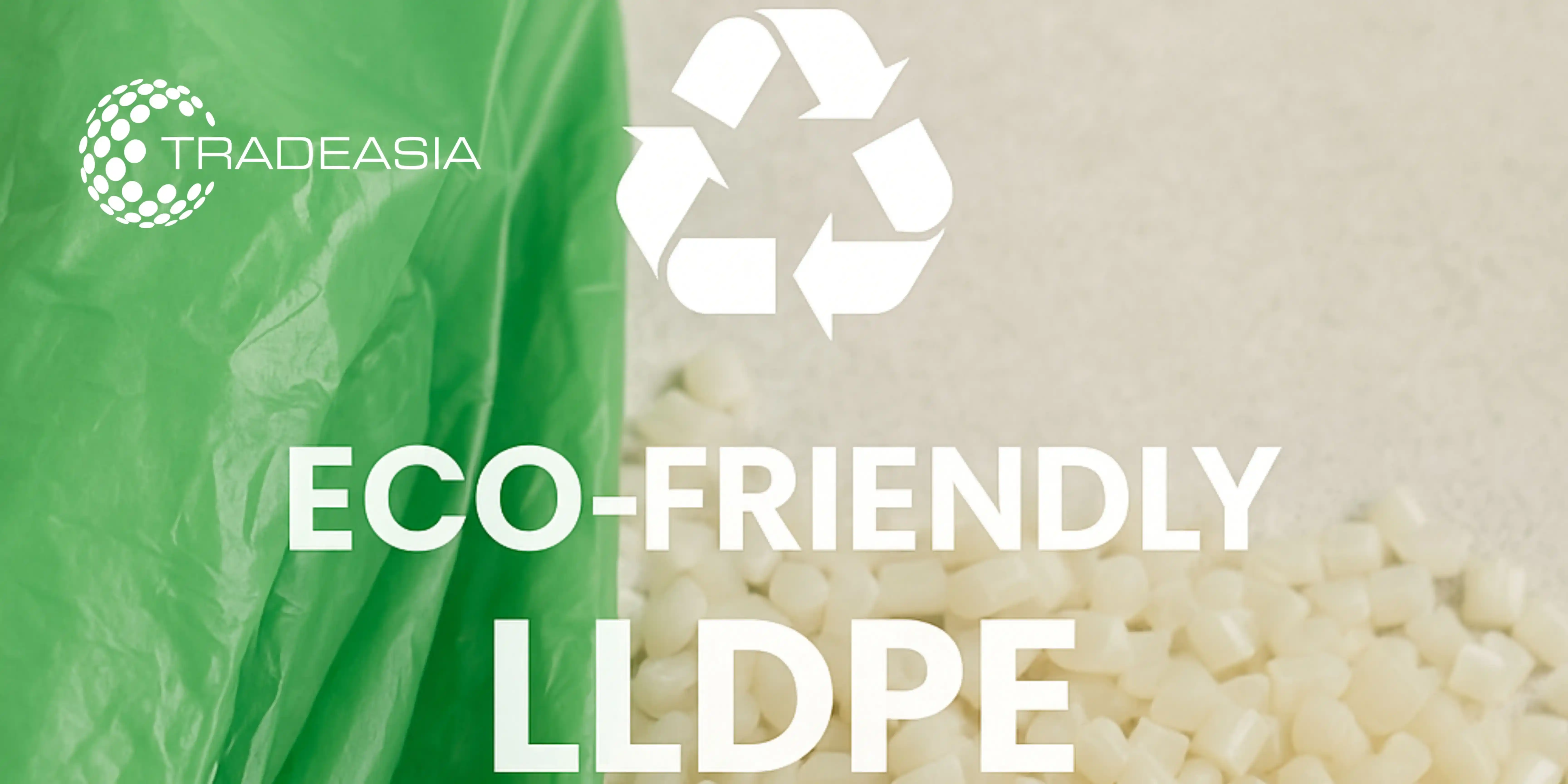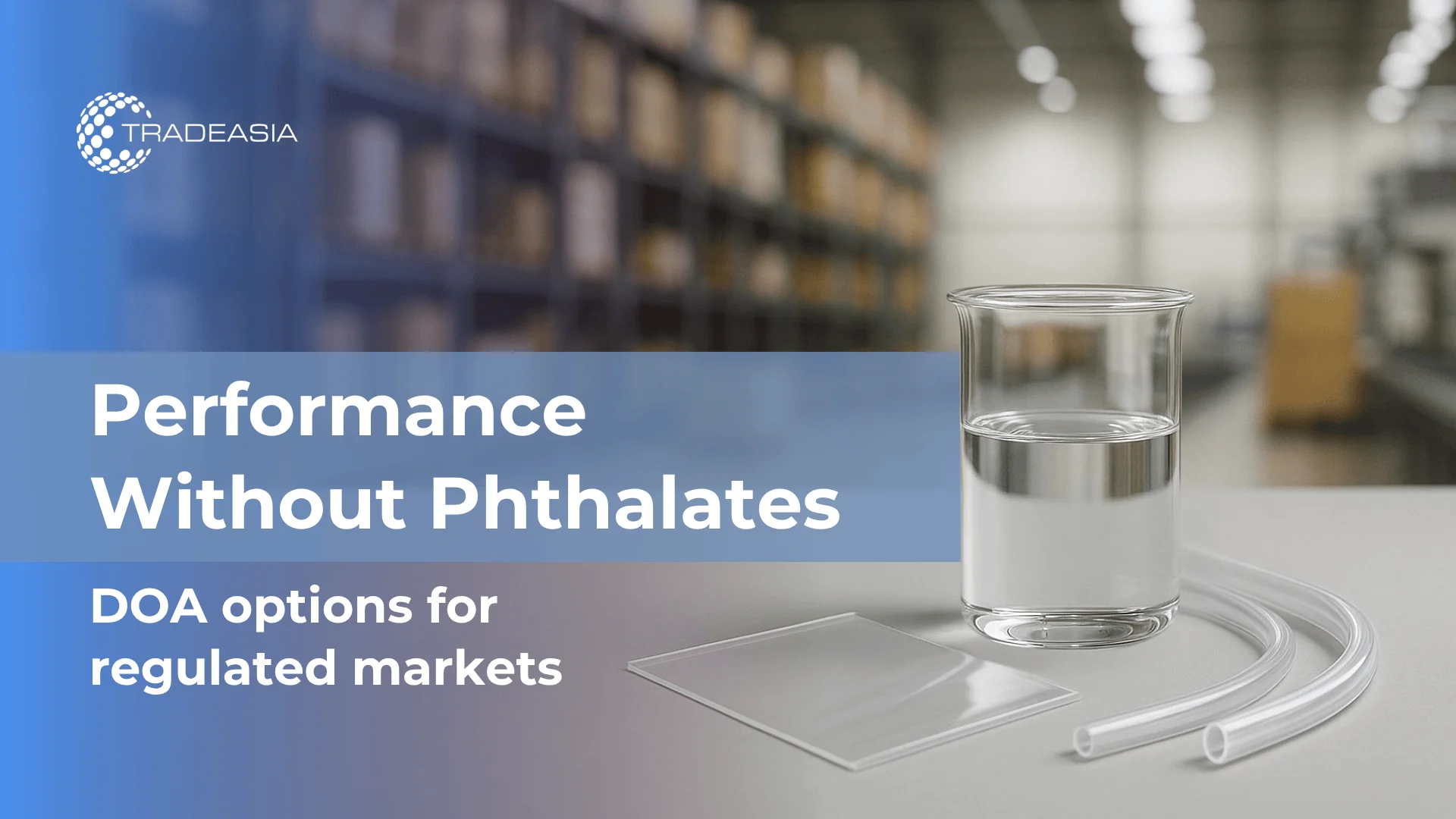1. Introduction: Why HIPS Still Wins for Packaging & Electronics
High Impact Polystyrene (HIPS) remains a preferred engineering commodity for rigid packaging and many electronics housings because it blends processability, toughness, and cost. The rubber-toughened matrix delivers impact resistance while retaining ease of colouring and printing—an advantage in branded packaging lines. For a product overview and commercial specs, see Tradeasia’s HIPS page: https://www.plastradeasia.com/en/high-impact-polystyrene and broader GPPS context: https://www.plastradeasia.com/en/polystyrene-resin
Compared with ABS or PC/ABS, HIPS offers a favourable price/performance ratio for medium-duty aesthetics, particularly where heat resistance demands are moderate. Its stable melt behaviour supports high-cavitation tools in injection moulding, reducing unit cost while maintaining dimensional fidelity. Industry primers on styrenics from PlasticsEurope outline this positioning across end-markets (background: https://plasticseurope.org/sustainability/circularity/life-cycle-thinking/eco-profiles-set/).
Converters value HIPS for printing and decorating. Corona or flame treatment can raise surface energy for inks/adhesives, while grades designed for sheet thermoforming enable crisp details and tight draw ratios. Typical test references include ASTM D256 (Izod impact) and ASTM D638 (tensile) to frame performance discussions with customers (methods library: https://store.astm.org/standards/d256).
The commercial takeaway is straightforward: HIPS can hit stiffness/impact/aesthetics targets at scale with predictable cycle times. When paired with the right HIPS resin supplier, buyers unlock reliable documentation, steady deliveries, and multi-plant qualification—cutting risk in seasonal packaging or fast-moving electronics programs. For samples and COAs, use Tradeasia’s Download Center: https://www.plastradeasia.com/en/download-center
2. HIPS 101: Structure, Properties, and HS Code Context
HIPS is rubber-modified polystyrene—typically polystyrene grafted with polybutadiene—creating discrete rubber domains that deflect crack propagation and improve toughness. This morphology is controlled in polymerization to balance impact, gloss, and flow. Technical summaries from styrenics producers and PlasticsEurope describe how rubber particle size and distribution shape properties (background: https://plasticseurope.org/wp-content/uploads/2021/10/20211218-Suschem-Sustainable-Plastics-Brochure.pdf).
From a trade perspective, buyers often ask about the high impact polystyrene HS code. In the Harmonized System, HIPS falls within HS 3903 (polymers of styrene). Many markets classify HIPS under 3903.90 (“other”), but importers should confirm country-specific subheadings in their tariff schedule (e.g., US HTS Chapter 39: https://hts.usitc.gov).
If you’re consolidating grades across plants, document target MFR, impact tier, and colour masterbatch strategy so tools behave consistently. When you need product guidance, browse Tradeasia’s polystyrene family to compare HIPS with GPPS and co-polymers: https://www.plastradeasia.com/en/polystyrene-resin
3. High Impact Polystyrene Manufacturing Process—What Buyers Should Know
The high impact polystyrene manufacturing process typically uses mass/bulk polymerization of styrene with dissolved rubber (polybutadiene), generating a graft copolymer within a polystyrene matrix. Process variables—rubber content, grafting efficiency, and phase inversion—govern impact vs stiffness trade-offs. Industry texts and producer datasheets describe these relationships in depth.
Additives (stabilizers, pigments, antistats) are incorporated to tailor opticals and handling. For food-contact packaging, manufacturers provide migration and composition statements aligned with local regulations; brand owners often request consistent additive packages to maintain organoleptics and print performance. Method families for verification appear in ASTM and ISO catalogues.
Downstream, pellets are classified by MFR for moulding vs extrusion/thermoforming. As a buyer, target an MFR window that matches your tool design and surface finish expectations. Robust suppliers keep lot-to-lot ranges tight and publish COA per lot—a hallmark of reliability. Access template documents and latest TDS through Plastradeasia by Tradeasia's portal: https://www.plastradeasia.com/en/download-center
4. High Impact Polystyrene Injection Moulding—Windows That Work
High impact polystyrene injection moulding benefits from a broad processing window: typical melt temperatures ~200–240 °C (tool- and grade-dependent), with moderate injection pressures enabling short cycles. Process guides from major styrenics suppliers plus ASTM D1238 (MFR) provide a baseline for setup and QC (methods: https://www.astm.org/d1238-23a.html).
Gate and runner design influence weld lines and impact retention; fan or film gates can improve surface for large cosmetic parts. For thin-wall packaging, shot-to-shot consistency and thermal control prevent sink marks and colour shifts. Practical troubleshooting typically follows the “five levers”: melt temp, mould temp, injection speed, holding pressure, and cooling time.
Where ESD control or flame performance is needed in electronics, compounding with antistat or FR packages is common. Verify that any FR system meets the required standard (e.g., UL testing, regional regulations) without compromising impact or colour. Document add-on packages in the COA and retain samples for audits.
For new programs, lock a Golden Run: record machine set-points, part weights, and cooling profiles with your selected HIPS grade. Share this with your HIPS resin supplier so they can support multi-plant duplication. For material options and samples, visit: https://www.plastradeasia.com/en/high-impact-polystyrene.
5. Design for Application: HIPS for Packaging and Electronics
In packaging, HIPS enables printable, dimensionally stable parts from food tubs to point-of-sale components. Surface energy treatment enhances ink adhesion; thermoforming grades offer balanced drawability and rim strength. Regulatory documents (migration, composition) should be current; method families reference ASTM and regional rules.
For electronics, HIPS serves bezels, small appliance housings, and internal frames where moderate heat resistance suffices. Designers appreciate paintability and texture control, while moulders benefit from consistent flow in multi-cavity tools. Where higher heat is needed, HIPS may be paired with other styrenics—but its cost-effectiveness often prevails for decorative covers.
Colour management is central. Specify masterbatch bases compatible with HIPS to avoid plate-out and maintain gloss. Include ASTM colour targets and gloss readings in supplier agreements. Keep retention samples and photographs of golden parts to reduce dispute time in mass production.
For cross-program purchasing, map how HIPS for packaging and electronics differs in impact tiers, FR/antistat options, and colour requirements. Build a matrix so S&OP teams can substitute grades during tight supply without compromising compliance. For documents and specs, use the Download Center: https://www.plastradeasia.com/en/download-center
6. Quality, Documentation & Traceability—Working With a HIPS Resin Supplier
Reliable suppliers provide COA per lot, TDS, change-control notices, and clear method references (e.g., ASTM D256, D638, D790, D1238). This documentation accelerates customer qualification and reduces downtime caused by unverified property drift.
Traceability should link lot → pallet → shipment → plant run. When issues arise (e.g., black specks or gloss loss), evidence-based investigations close faster because the data trail is intact. A central repository—like Tradeasia’s Download Center—keeps teams aligned: https://www.plastradeasia.com/en/download-center
Quality also means consistent packaging and handling. Clean liners, sealed pallets, and controlled storage prevent moisture or particulate contamination—key for cosmetic parts. Suppliers should communicate shelf-life guidance and any re-drying recommendations.
For rapid help—samples, pricing, lead times—coordinate with your account team and share tooling notes. Start here: https://www.plastradeasia.com/en/high-impact-polystyrene.
7. Supply Chain Strategy—Inventory, Alternatives, and Risk Control
HIPS demand tracks packaging promotions and consumer electronics cycles. To protect uptime, align safety stock with forecast variance and pre-qualify alternate grades. Multi-source where possible, and formalize an escalation path for expedited shipments during peaks.
Consider adjacent materials to buffer risk. For example, GPPS for rigid clarity (where impact loads are low) or ABS for higher heat; document where substitutions are acceptable and how they affect cycle time and aesthetics.
International buyers should confirm the high impact polystyrene HS code interpretation in their market (HS 3903, often 3903.90). Check local tariff schedules and regulatory notes to avoid clearance delays (US HTS reference: available on point no. 2)
8. Conclusion—From Resin Choice to Precision Design
HIPS continues to prove its value where impact performance, processability, and cost must align. The path from pellet to precise part depends on getting the manufacturing process, injection-moulding window, and supplier documentation right. Using shared method references (ASTM/ISO) keeps decisions objective and speeds approvals.
For packaging and electronics, a documented setup—grade selection, colour plan, and golden run—creates repeatability across tools and sites. Matched with a supplier who can maintain tight property bands and traceability, you cut scrap, shorten changeovers, and keep launches on schedule.
If you’re consolidating HIPS SKUs or qualifying alternatives, review Tradeasia’s product pages and download the latest files to prepare trials.



Leave a Comment